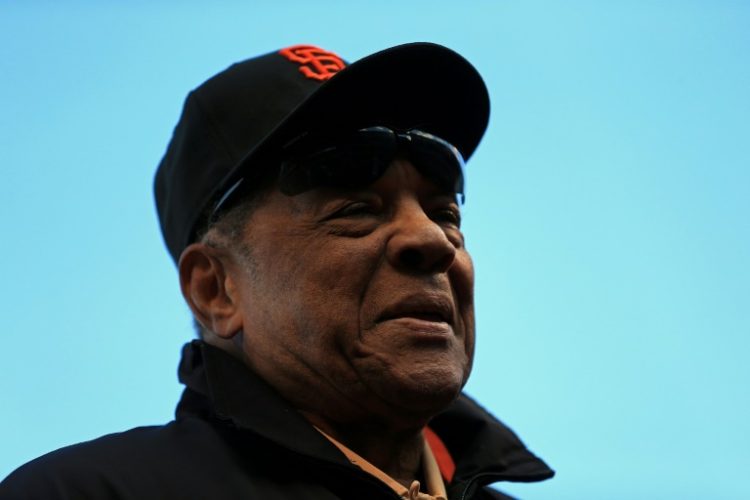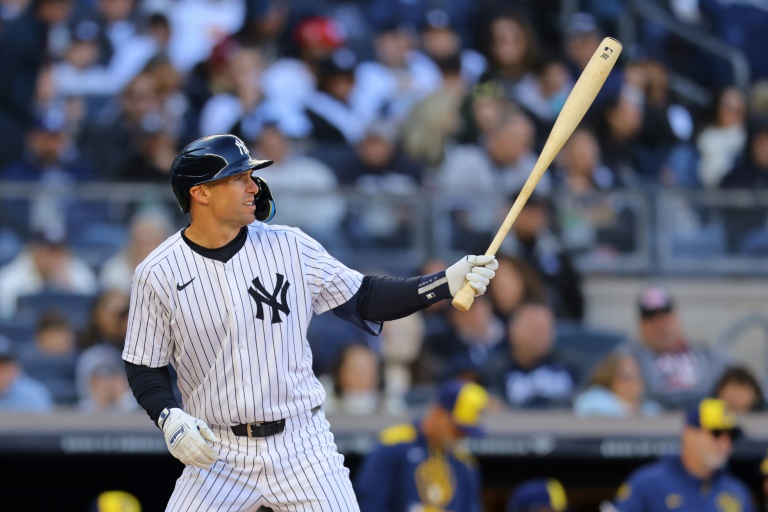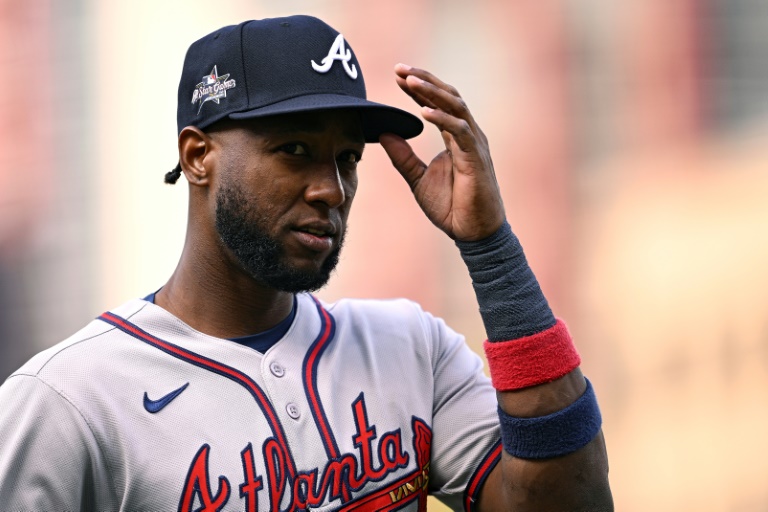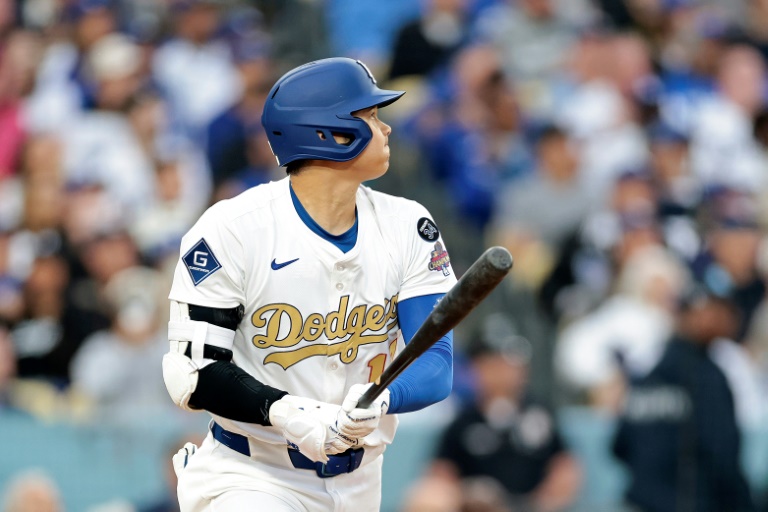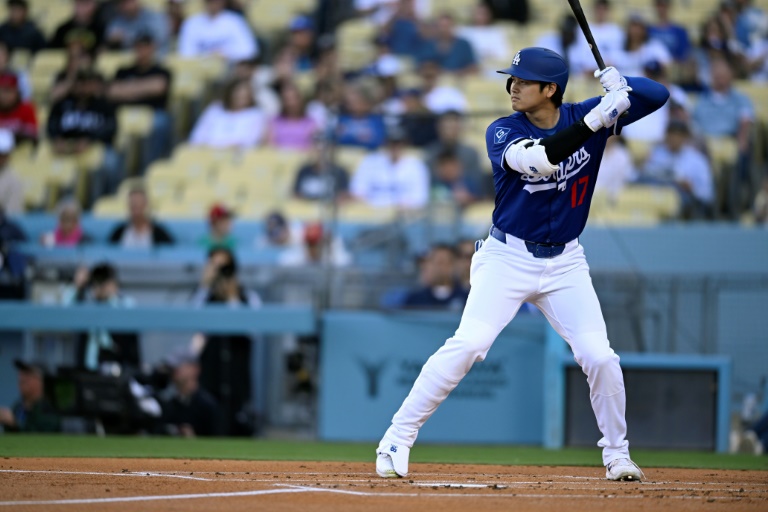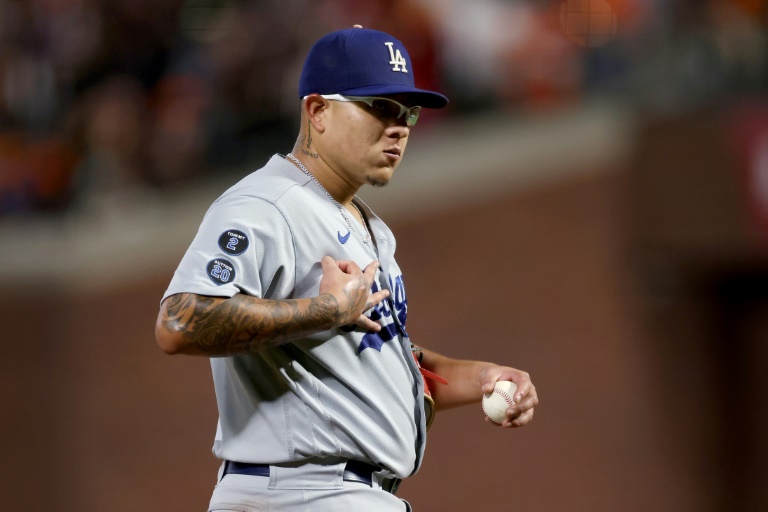Los Angeles (AFP) – Willie Mays was so good that even one of baseball’s greatest plays couldn’t define his Hall of Fame career. It came to be known simply as “The Catch,” an over-the-shoulder running grab by Mays in deep center field at the New York Giants’ Polo Grounds park in game one of the 1954 World Series. The catch and rifle throw that followed halted two Cleveland Indians base runners and kept the Giants on course for a win that launched them toward the World Series crown.
It was one of a myriad of magnificent Major League moments produced by Mays, who excelled in every facet of the game. The Giants legend, who died Tuesday at the age of 93, “was probably the best all-around player when you take everything into consideration,” Dodgers pitching great Sandy Koufax once said. “It seemed like that Willie never made a mistake.” But Mays was no automaton, playing with a boyish exuberance that endeared him to colleagues and fans alike.
“He could do the five things you have to do to be a superstar: hit, hit with power, run, throw, and field,” said Hall of Famer Leo Durocher, who as the Giants’ manager shepherded Mays into the big leagues. “And he had that other magic ingredient that turns a superstar into a super superstar,” Durocher added. “He lit up the room. He was a joy to be around.”
“The Say Hey Kid” won two Most Valuable Player awards — 11 years apart. He hit 660 home runs — still sixth on MLB’s all-time list. He’s a member of the elite 3,000-hit club with 3,283, and boasted a lifetime batting average of .302. Mays was the first player to hit 300 homers and steal 300 bases (338 total). He led the National League in steals for four consecutive seasons, his aggressive running flummoxing opposing pitchers. He is the only outfielder with more than 7,000 career putouts (7,095). Whether he was sprinting around the bases or diving for a catch, his cap flying, Mays was instantly recognizable whenever he took the field.
– ‘Always a pleasure’ – Mays was born on May 6, 1931 in Westfield, Alabama, growing up in the era of segregation. At 16, he joined the Birmingham Barons of the Negro American League, and the New York Giants purchased his contract in 1950. After a slow start to his debut season, he ended up winning NL Rookie of the Year honors, then spent much of 1952 and all of 1953 in the Army. Mays blazed back into the majors in 1954, earning NL Most Valuable Player honors, leading the league with a .345 batting average. He belted 41 home runs and 13 triples, ringing up 110 runs-batted-in (RBIs). Mays would play 21 seasons with the Giants — in New York and San Francisco — before finishing up his career with the New York Mets in 1972-73. Mays’ major league-leading 49 home runs and career best 141 RBIs led the 1962 Giants. Three years later, he earned his second MVP award, leading the majors with 52 homers. Although his numbers waned in his final seasons, he was elected to the Hall of Fame in his first year of eligibility in 1979.
“I can never understand how some players are always talking about baseball being hard work,” Mays once said. “To me, it’s always been a pleasure, even when I feel sort of draggy after a doubleheader.”
© 2024 AFP

